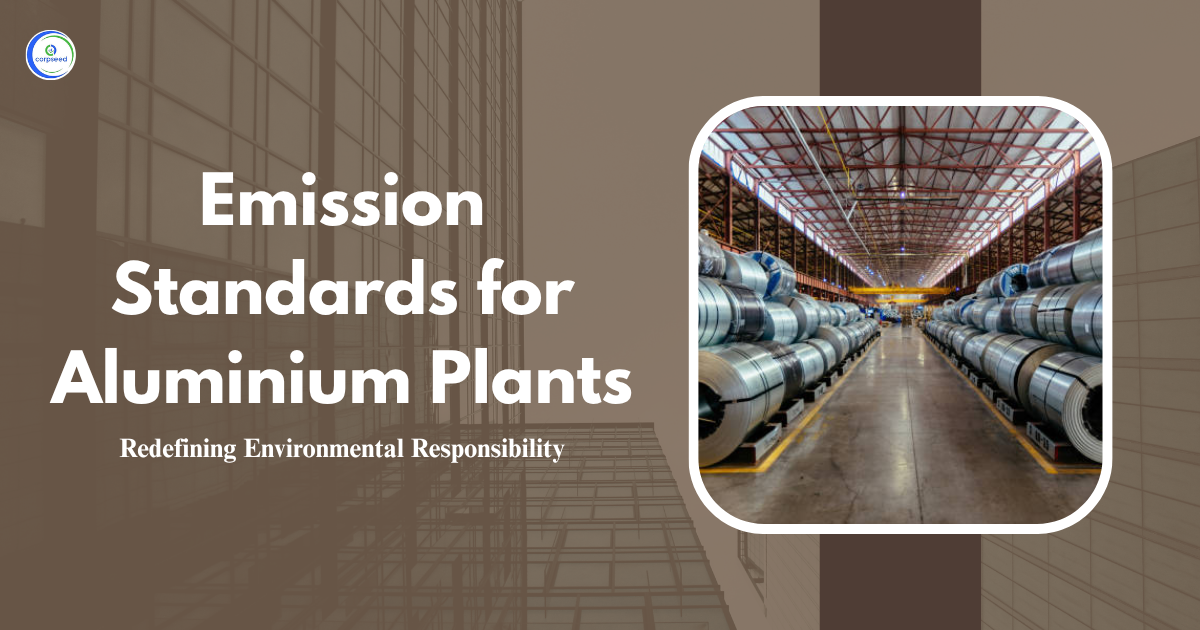The Environment Protection Rules 2011 and MOEF notification 2011 set critical guidelines to regulate industrial effluents from soda ash manufacturing. These clear standards aim to control pollution from the Solvay process and promote environmental compliance India wide. Soda Ash Industry effluent standards focus on key parameters such as pH, suspended solids, ammonia, oil & grease, and bio-assay tests. With CPCB and SPCB oversight, industrial wastewater standards drive environmental compliance and guide companies toward reducing ecological impact. Understanding these MOEF effluent limits is essential for maintaining environmental clearance and meeting India environmental regulations. This article provides a detailed yet simple overview of regulatory framework, effluent discharge standards, and importance of compliance under Environment Protection Rules 2011 and related norms.
Table of Contents
--------------Blog Contact Form-------------
Overview of Soda Ash Industry
The Soda Ash Industry commonly uses the Solvay process to produce sodium carbonate efficiently. In India, several plants operate under strict regulation, following Environment Protection Rules 2011 and MOEF notification 2011 for environmental compliance India. This process involves reacting limestone, salt, and ammonia in water, generating wastewater containing solids, nitrogen, and salts. Without proper treatment and adherence to Soda Ash Industry effluent standards, such wastewater can harm aquatic life and soil quality. CPCB and SPCB set wastewater discharge limits for effluent parameters, helping plants manage pollution and retain environmental clearance. Meeting these MOEF effluent limits is vital. Industrial wastewater standards ensure that effluent discharge standards protect lakes, rivers, and estuaries.
Regulatory Framework and Compliance
A well-defined regulatory framework governs environmental compliance for the Soda Ash Industry under the Environment Protection Rules 2011. Established under the Environment (Protection) Act of 1986, these rules set the foundation for controlling industrial effluents. The MOEF notification 2011 provides specific effluent discharge standards tailored for the Solvay process used in soda ash production. Oversight is maintained by the Central Pollution Control Board (CPCB) and State Pollution Control Boards (SPCB), which enforce compliance across India. Industrial projects must secure environmental clearance by strictly adhering to the effluent limits outlined in the MOEF notification 2011. Continuous monitoring, including regular effluent testing and bio-assay studies, ensures adherence to these standards, with mandatory reporting to CPCB and SPCB. This integrated regulatory system ensures that Solvay process pollution norms align with industrial wastewater standards, promoting environmental compliance India-wide and supporting sustainable soda ash production while protecting water bodies and ecosystems.
Effluent Discharge Standards for Soda Ash Industry
The following table outlines the Soda Ash Industry effluent standards for Solvay process under Environment Protection Rules 2011 and MOEF notification 2011:
| S.No. | Industry | Parameter | Standards | |||
| 75 | Soda Ash Industry | Effluent Standard | ||||
| Limiting Concentration in mg/ I except for pH, Temperature and Bio-assay | ||||||
| Creek | Marine/Coastal Zone | Estuary Area | Inland Surface Water | |||
| Suspended Solids (mg/L) Ammonical Nitrogen as N (mg/L) Oil & Grease (mg/L) Bio-assay pH Temperature |
500 | 1000 | 200 | 100 | ||
| Ammonical Nitrogen as N (mg/L) | 50 | 50 | 50 | 50 | ||
| Oil & Grease (mg/L) | 5 | 5 | 5 | 5 | ||
| Bio-assay | Minimum 90% survival of fish after 96 hours in 100% effluent | |||||
| pH | 6.5 – 9.0 | |||||
| Temperature | Not to exceed 5°C above the ambient temperature of the receiving water body | |||||
Notes:
- The effluent discharge point in the creek must be located beyond the low tide line.
- The diffuser system should comply with the Coastal Regulation Zone Notification, 2011, positioned at a minimum depth of 5 meters below the low tide level, with an effluent exit velocity exceeding 3 meters per second.
- The bio-assay test must be performed according to the standards specified in IS: 6582-1971.
- These effluent discharge standards guide Soda Ash Industry effluent treatment and monitoring to ensure sources comply with Environment Protection Rules 2011 and industrial wastewater standards in India.
Also Read: What are the Standards for Emission or Discharge of Environmental Pollutants for Paint Industry
Importance of Soda Ash Industry Effluent Standards
The significance of these standards are:
Protecting Aquatic Ecosystems: Meeting Solvay process pollution norms prevents damage to fish and plant life. Water pH balance, suspended solids, and nutrient control reduce eutrophication risk.
Human Health Safeguards: Stringent limits on cyanide and chromium protect downstream water users.
Regulatory Adherence: Compliance with CPCB/SPCB under Environment Protection Rules 2011 and MOEF notification 2011 prevents fines, shutdowns, or legal action.
Environmental Clearance: Adherence to Soda Ash Industry effluent standards is critical for obtaining and retaining environmental clearance.
Corporate Responsibility: Companies following industrial wastewater standards and MOEF effluent limits demonstrate commitment to environmental compliance India wide.
Sustainable Operations: Treating effluent to meet discharge standards (e.g., oil & grease removal, bio assays) encourages sustainable industrial practices and local acceptance.
Alignment with Environmental Compliance Goals: These norms support larger India environmental regulations and help operators achieve national pollution control targets.
Conclusion
Effluent discharge standards for the Soda Ash Industry (Solvay process) under Environment Protection Rules 2011 and MOEF notification 2011 are essential for environmental compliance. These guidelines, enforced by CPCB and SPCB, ensure treated wastewater meets strict limits on pH, suspended solids, nitrogen, oil & grease, heavy metals, and bio toxicity. Adherence to these Soda Ash Industry effluent standards supports aquatic ecosystem protection, public health, legal compliance, and sustainable operations. Industrial wastewater standards under MOEF effluent limits and India environmental regulations foster responsible growth within the soda ash sector. Strong environmental clearance and industrial compliance serve as foundations for a cleaner and healthier environment. Continual monitoring, reporting, and adherence to these norms ensure the industry aligns with national pollution control objectives and meets Solvay process pollution norms consistently.
This portion of the site is for informational purposes only. The content is not legal advice. The statements and opinions are the expression of author, not corpseed, and have not been evaluated by corpseed for accuracy, completeness, or changes in the law.
BOOK A FREE CONSULTATION
Get help from an experienced legal adviser. Schedule your consultation at a time that works for you and it's absolutely FREE.


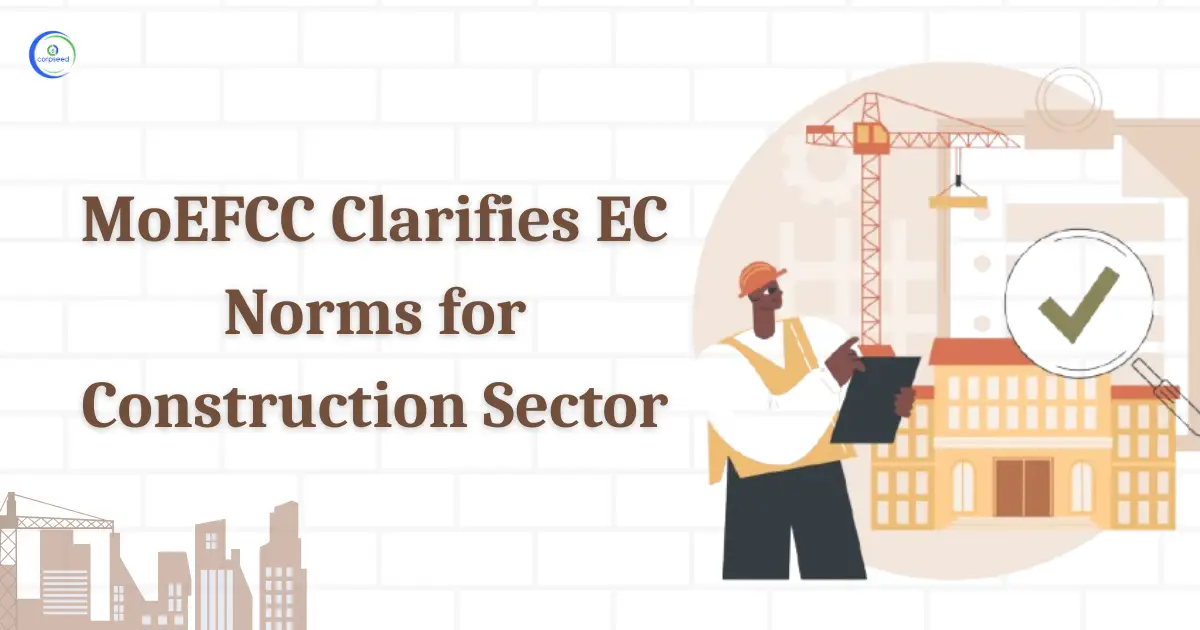
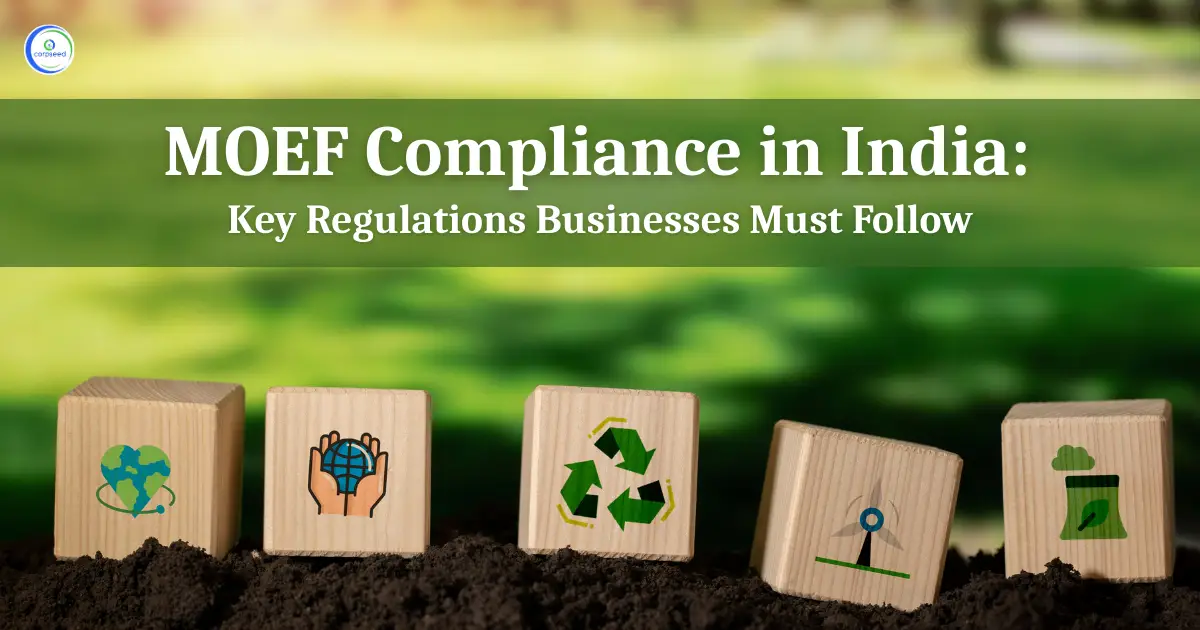
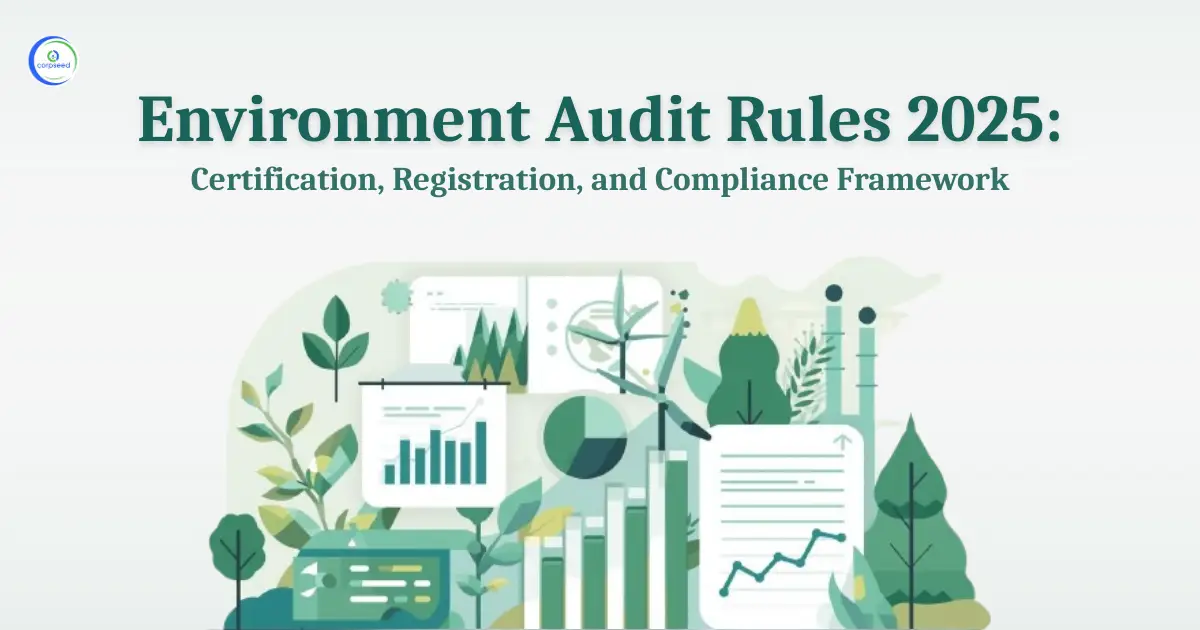
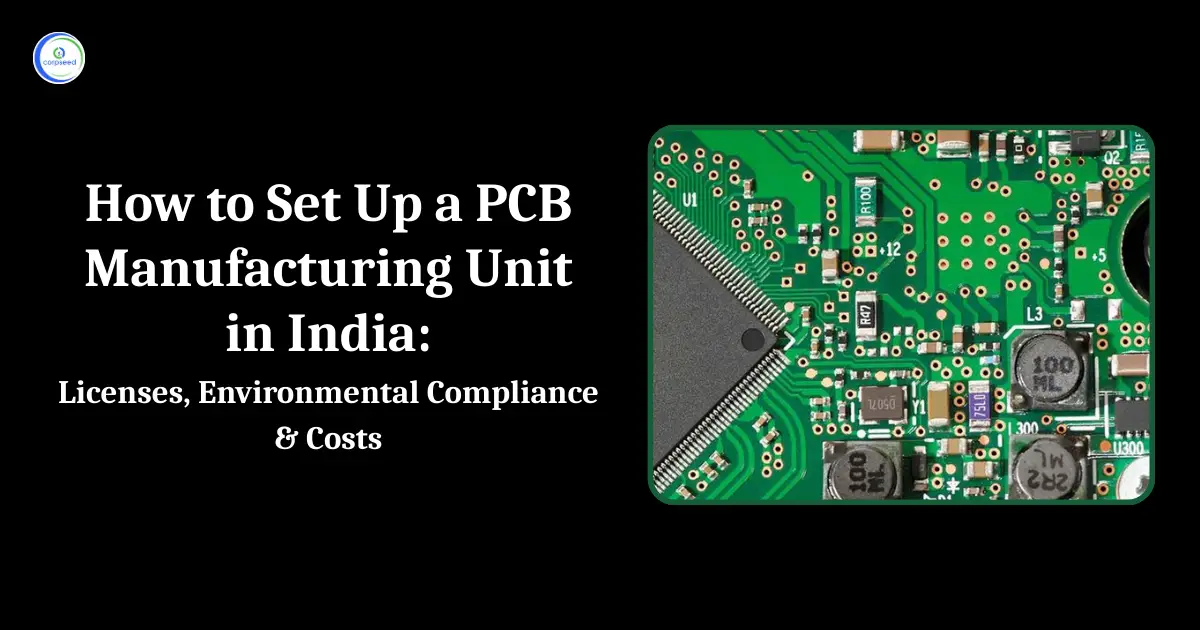
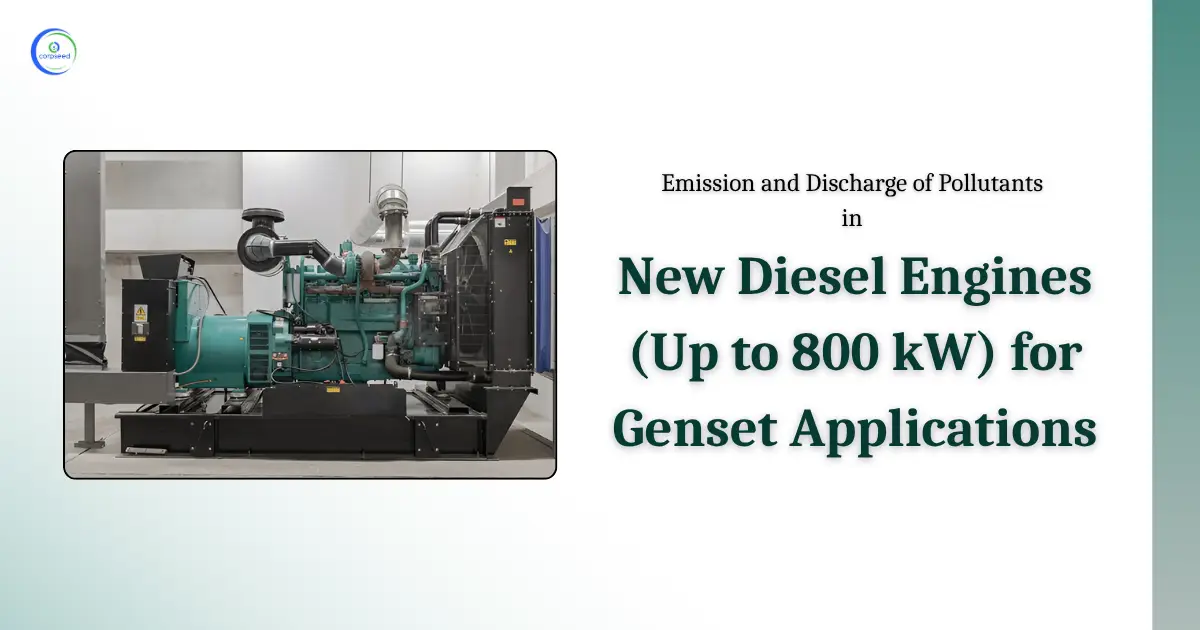
_Corpseed.webp)
.webp)
